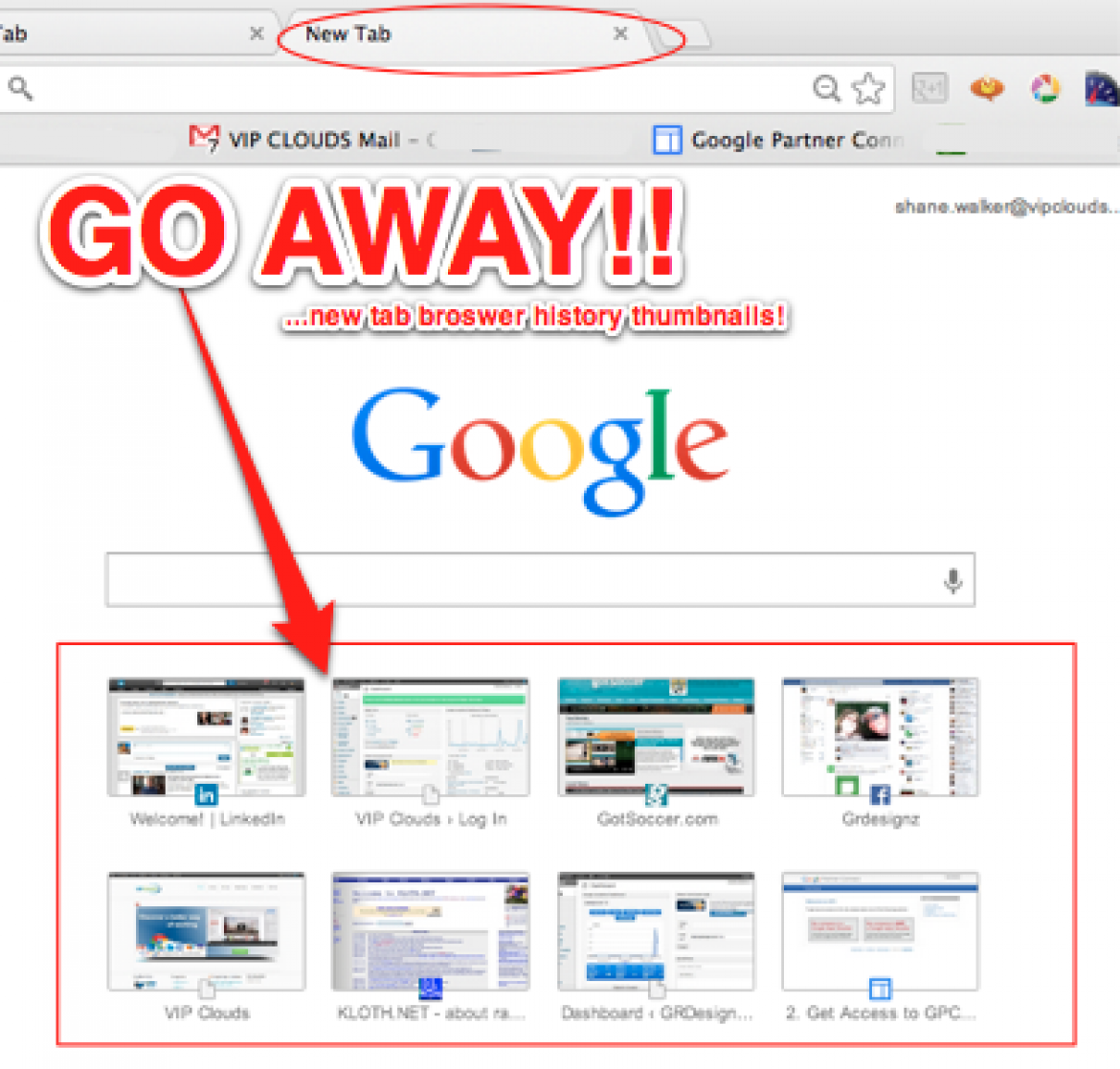

- #My google chrome history how to
- #My google chrome history password
- #My google chrome history windows
If you synced your Google Chrome data on other computers, you can click on the “Manage Chrome Sync”. To get that click on Chrome >MANAGE CHROME SYNC. Sign in to your Google Account Dashboard.įind the “Chrome Sync” option.
#My google chrome history password
If you want to just turn sync off and change or change the account password follow the below method. Turn off Sync and Change Account Password This will ensure that you are no more sharing your browsing history and bookmarks. Then you can turn off sync and then log out.Please make sure that you are signed in (see the image below) before deleting the history. On other devices access the browser setting to do this.
#My google chrome history windows
If you are on your Windows PC, you can hit Ctrl+Shift+Enter to delete the history. Remove Chrome Browsing History and Turn off Sync There under “Google apps”, click “Remove Access”. To do that, go to Permissions and click on “Chrome”. Here is the quickest way to remote logout from Chrome on all devices.
#My google chrome history how to
How to Logout from Google Chrome on Multiple Computers Remotely Remote Logout of Chrome Just like “sometimes good people do bad things”, Google Chrome remote sign in has the defects too as mentioned above. This enables you to access your Google Chrome bookmarks, apps, plugins, retrieve opened web pages on your laptop or home computer remotely from other computers. But don’t be panic! You can easily log out the remote Google Chrome log in from any computers. Your privacy is in danger! They know which websites you visit. The persons using the computers where you logged in earlier can have access to your bookmarks, browsing history, plugins, chrome apps, etc. For other examples and for help in viewing the source code, see Samples.Logged in to Google Chrome on multiple computers? Then you have the reasons to worry. See also keyword.įor examples of using this API, see the history sample directory and the history API test directory. See also keyword_generated.Ĭorresponds to a visit generated for a keyword. The URL was generated from a replaceable keyword other than the default search provider. Session restore and Reopen closed tab use this transition type, too. The user reloaded the page, either by clicking the reload button or by pressing Enter in the address bar. Note that in some situations-such as when a form uses script to submit contents-submitting a form does not result in this transition type. The user filled out values in a form and submitted it. The page was specified in the command line or is the start page. These are not quite the same as typed navigations because the user didn't type or see the destination URL. For example, a match might have the URL of a Google search result page, but it might appear to the user as "Search Google for. The user got to this page by typing in the address bar and selecting an entry that did not look like a URL. An explicitly requested frame is probably more important than an automatically loaded frame because the user probably cares about the fact that the requested frame was loaded.

The user may not even realize the content in these pages is a separate frame, and so may not care about the URL (see also manual_subframe).įor subframe navigations that are explicitly requested by the user and generate new navigation entries in the back/forward list. For example, if a page consists of several frames containing ads, those ad URLs have this transition type. This is any content that is automatically loaded in a non-top-level frame. The user got to this page through a suggestion in the UI-for example, through a menu item. See also generated, which is used for cases where the user selected a choice that didn't look at all like a URL. Also used for other explicit navigation actions. The user got this page by typing the URL in the address bar. The user got to this page by clicking a link on another page.


 0 kommentar(er)
0 kommentar(er)
